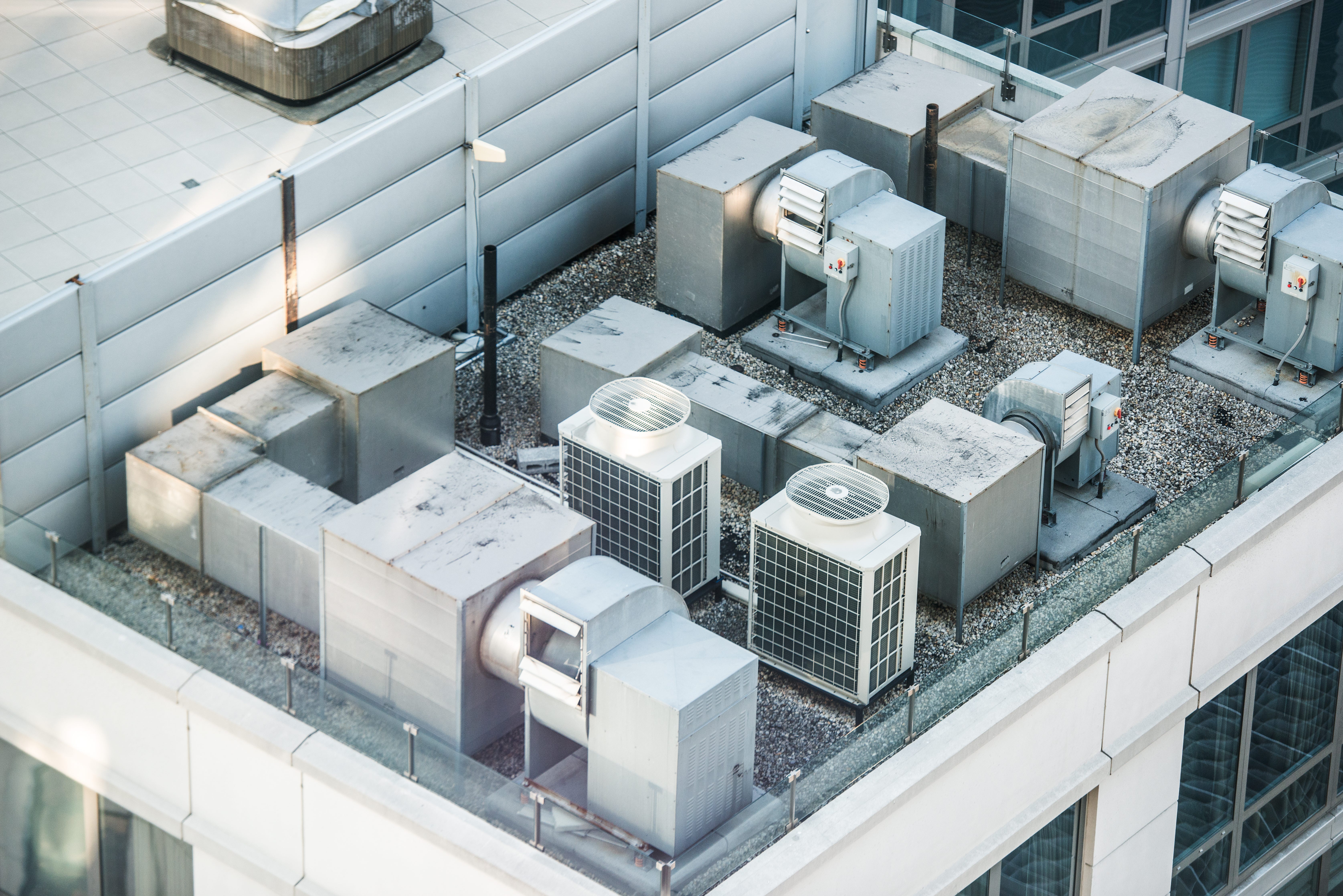The Importance of Snug HVAC Access Panels in Adverse Weather

After receiving a number of orders from customers regarding replacement of certain components all at once, it became clear that something was happening that had little to do with the internal workings of any of the HVAC systems in play. Instead, in Chicago, service technicians performing routine inspections and going out on visits after wintry weather have come across some surprising experiences: many of the spaces behind access panels had been completely filled with snow that had either turned into slush or formed into ice.
While there are few immediate fixes other than replacing the components that may have shorted or corroded, it’s important to understand how it can happen so that future visits can include repair and replacement of any necessary panel parts.
Failure Points: Age, Corrosion and Impacts
HVAC access panels are exposed to a number of different environmental degradations, and there are at least two key ways that they can fly open and stay that way. One of the most common reasons that snow, debris and moisture can accumulate behind an access panel door is due to holes or corrosion.
This can happen any number of ways, such as a strike by debris, wearing down of enamel and the eventual rust or similar issues. While quickly moving wind can help push contaminants over smaller holes, swirling breezes and others can help flush them into the door even if it remains completely latched. That presumes that the door is still latched.
When a door has become deformed, it becomes a sort of wing. By Bernoulli’s principle, the air forced into the area behind the access panel has higher pressure than that moving over the rooftop unit or other HVAC system, because it has fewer pathways of escape. As a result, even when the panel door is otherwise intact, strong winds can force the panel open and expose numerous components to the elements.
Preventing Future Issues
Whether the problem is a gap or a deformation, making a fix is crucial to prevent further ingress of moisture and contaminants. The following steps may help:
- Inspect door handle assembly and hinges; order replacements if needed
- Inspect edges of panel for corrosion and deformation
- If corrosion exists for either the handle assembly or hinges, order replacements
- Consult with facility manager regarding repair choices for deformed or corroded panels, explaining cost of internal component replacement
- Replace any and all hinges, door handle assemblies and tape or mark panel areas that are no longer flush with the unit surface.
Check for Component Failures
Hopefully, the area behind the access panel has not filled up with enough snow that it has shorted or corroded key components of the system. If it has, you’ll need to run diagnostics, likely on the electrical contactors, control boards and related equipment.
It is also a good idea while you are present to examine the internals for any corrosion. Making sure to select OEM parts helps extend longevity even when the unexpected happens and a loose access panel wreaks havoc on components.
Replacement Parts for HVAC Access Panels
As a leading distributor for the most trusted names in commercial HVAC, Affiliated Parts has the kits that you need in order to maximize the performance and efficiency of your systems or those of your clients, whether compressors, handles for HVAC access panels or anything in between. Shop our complete list of replacement parts for commercial HVAC systems or contact us for more information.














